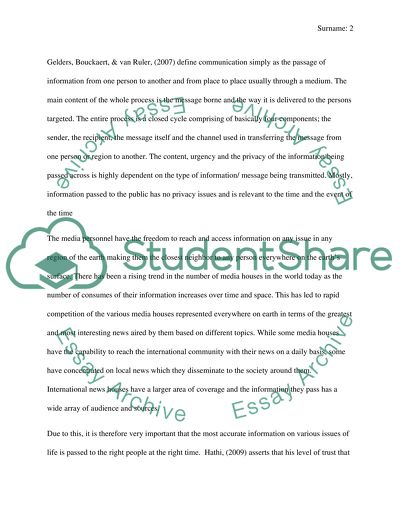Cite this document
(“Lack of Trust in the Media during the Swine Flu Pandemic of 2009 Research Paper”, n.d.)
Lack of Trust in the Media during the Swine Flu Pandemic of 2009 Research Paper. Retrieved from https://studentshare.org/journalism-communication/1496365-lack-of-trust-in-the-media-during-the-swine-flu
Lack of Trust in the Media during the Swine Flu Pandemic of 2009 Research Paper. Retrieved from https://studentshare.org/journalism-communication/1496365-lack-of-trust-in-the-media-during-the-swine-flu
(Lack of Trust in the Media During the Swine Flu Pandemic of 2009 Research Paper)
Lack of Trust in the Media During the Swine Flu Pandemic of 2009 Research Paper. https://studentshare.org/journalism-communication/1496365-lack-of-trust-in-the-media-during-the-swine-flu.
Lack of Trust in the Media During the Swine Flu Pandemic of 2009 Research Paper. https://studentshare.org/journalism-communication/1496365-lack-of-trust-in-the-media-during-the-swine-flu.
“Lack of Trust in the Media During the Swine Flu Pandemic of 2009 Research Paper”, n.d. https://studentshare.org/journalism-communication/1496365-lack-of-trust-in-the-media-during-the-swine-flu.


